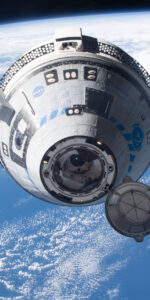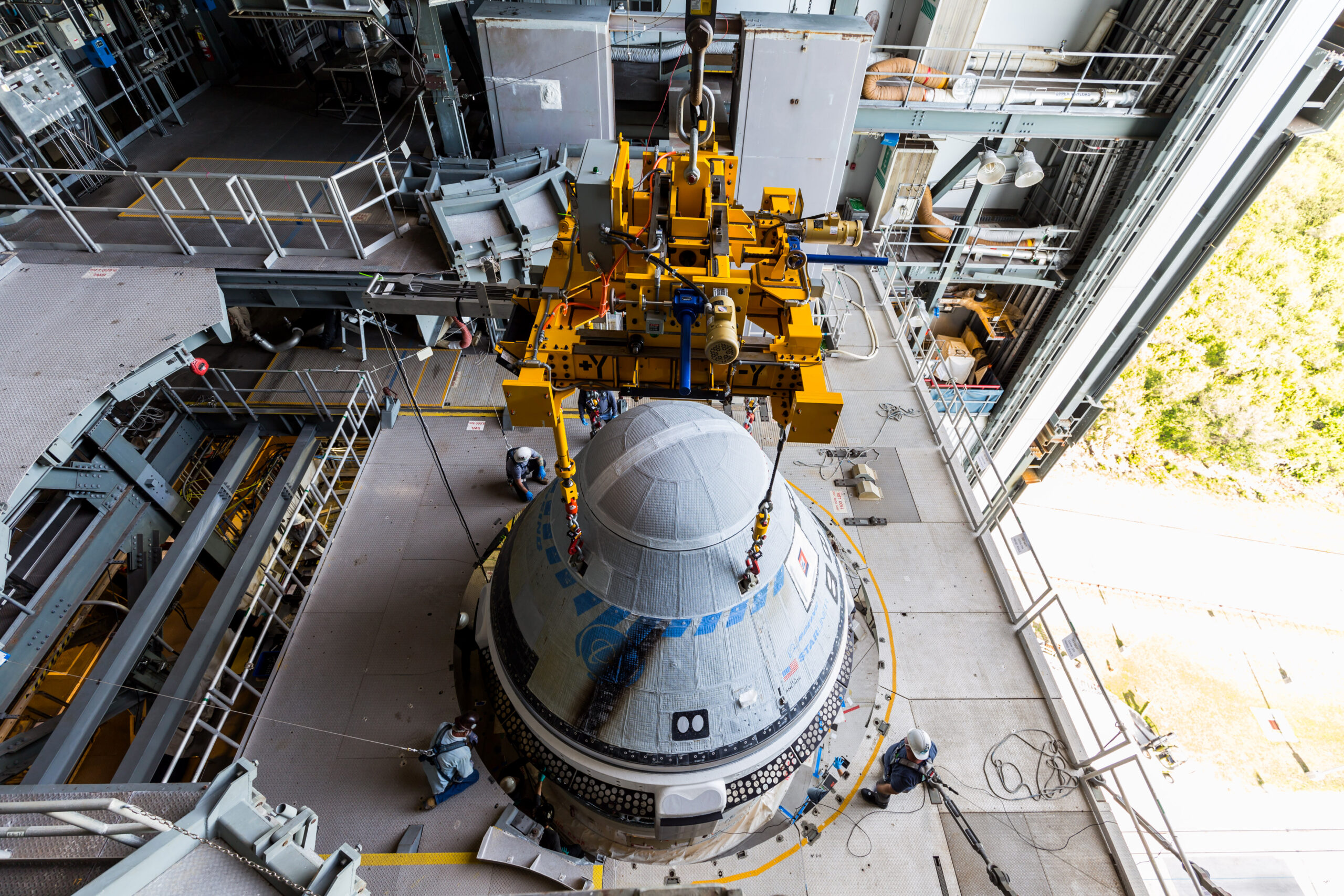
After more than a decade in development, Boeing stands ready to launch the highly anticipated Crew Flight Test (CFT) of its CST-100 Starliner spacecraft at 10:34 p.m. EDT Monday, 6 May. Veteran NASA astronauts Barry “Butch” Wilmore and Suni Williams—both retired Navy captains with a few minutes shy of 500 cumulative days of previous space-time between them— will lift off atop a United Launch Alliance (ULA) Atlas V booster from storied Space Launch Complex (SLC)-41 at Cape Canaveral Space Force Station, Fla., spend at least eight “docked” days aboard the International Space Station (ISS) conducting an extensive array of flight test objectives, then return to a parachute-and-airbag-aided landing on solid ground in the Western United States.
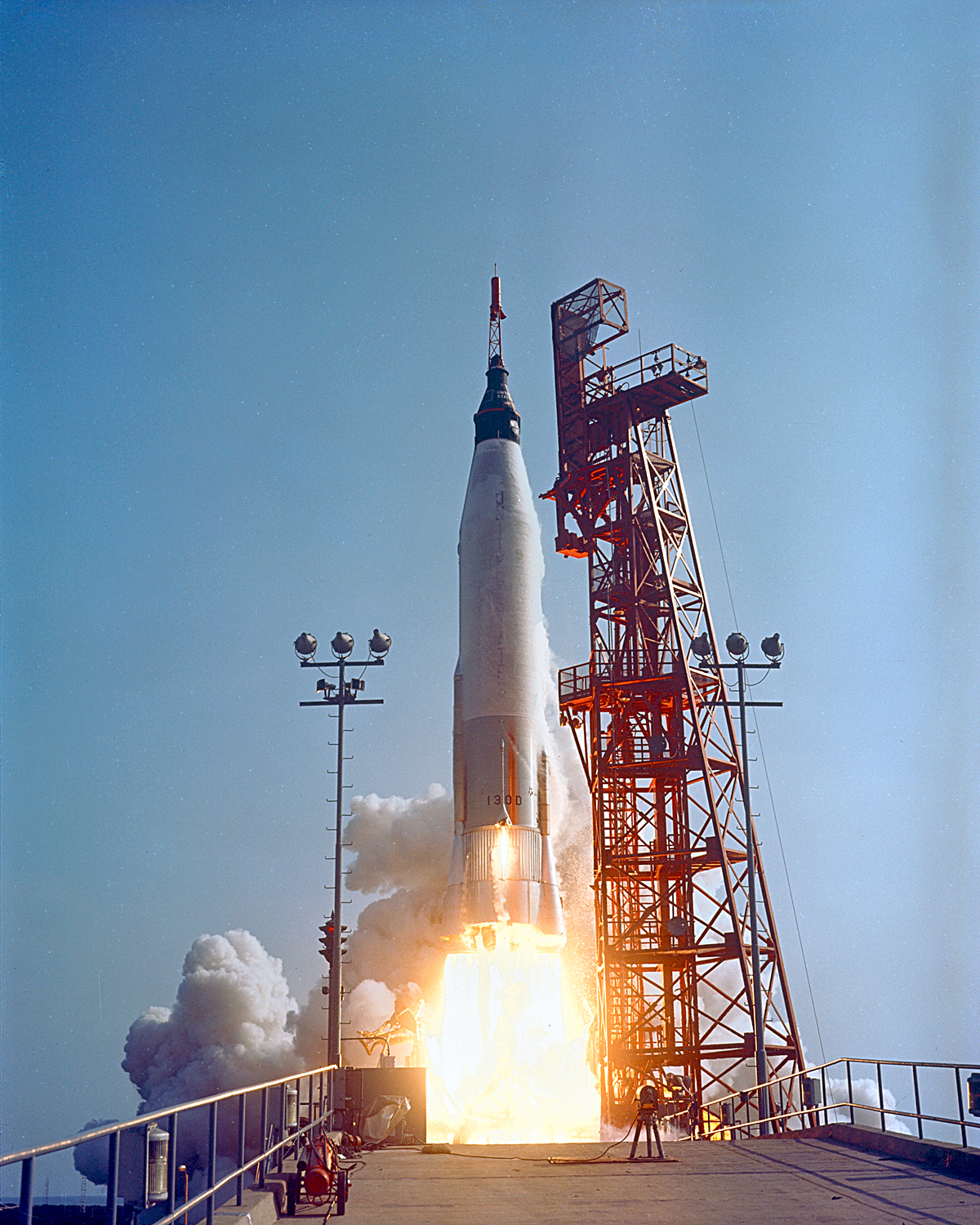
Yet the rise of the first Starliner with astronauts aboard on Monday night, and the first crew-carrying flight by a member of the Atlas rocket family since “Original Seven” Project Mercury astronaut Gordon Cooper’s Faith 7 mission way back in May 1963, has been mired with delay and technical difficulty. And after two years training together for CFT, Wilmore and Williams are under no illusions that their mission will be fault-free and will certainly derive new lessons about the operation of this all-new spacecraft.
Fifteen feet (4.5 meters) wide at the base and standing 16.5 feet (5 meters) tall, including both its habitable crew module and unpressurized service module, the 29,000-pound (13,000-kilogram) Starliner is the legacy of a concerted effort by NASA to court commercial entities for ISS crew transfer capability aboard U.S. spacecraft, launched via U.S. boosters, and from U.S. soil, following the July 2011 retirement of the Space Shuttle fleet. Both Boeing’s Starliner and SpaceX’s Crew Dragon—which completed an uncrewed demonstration mission to the ISS in March 2019 and first flew crew to the space station in May 2020—are working to ensure regular astronaut access to the ISS through the next decade.
Boeing’s relationship with Commercial Crew extends back more than a decade. In 2010, the company began maturing the CST-100 capsule design under an $18 million Commercial Crew Development (CCDev) Space Act Agreement (SAA) with NASA. And by April 2011, Boeing had received $93.2 million in CCDev Round 2 funding to develop a spacecraft advertised as being capable of lifting up to seven souls or a mix of people and payload to the space station for up to seven months at a time.
It drew its name from being a “Crew Space Transportation” vehicle with the ability to push far beyond 62 miles (100 kilometers), the famed “Kármán Line”, traditionally and (almost) universally accepted as the “edge” of space. In August 2012, Boeing was awarded $460 million third-round Commercial Crew integrated Capability (CCiCap) funding and in September 2014 received $4.2 billion as one of two Commercial Crew transportation Capability (CCtCap) finalists alongside SpaceX.
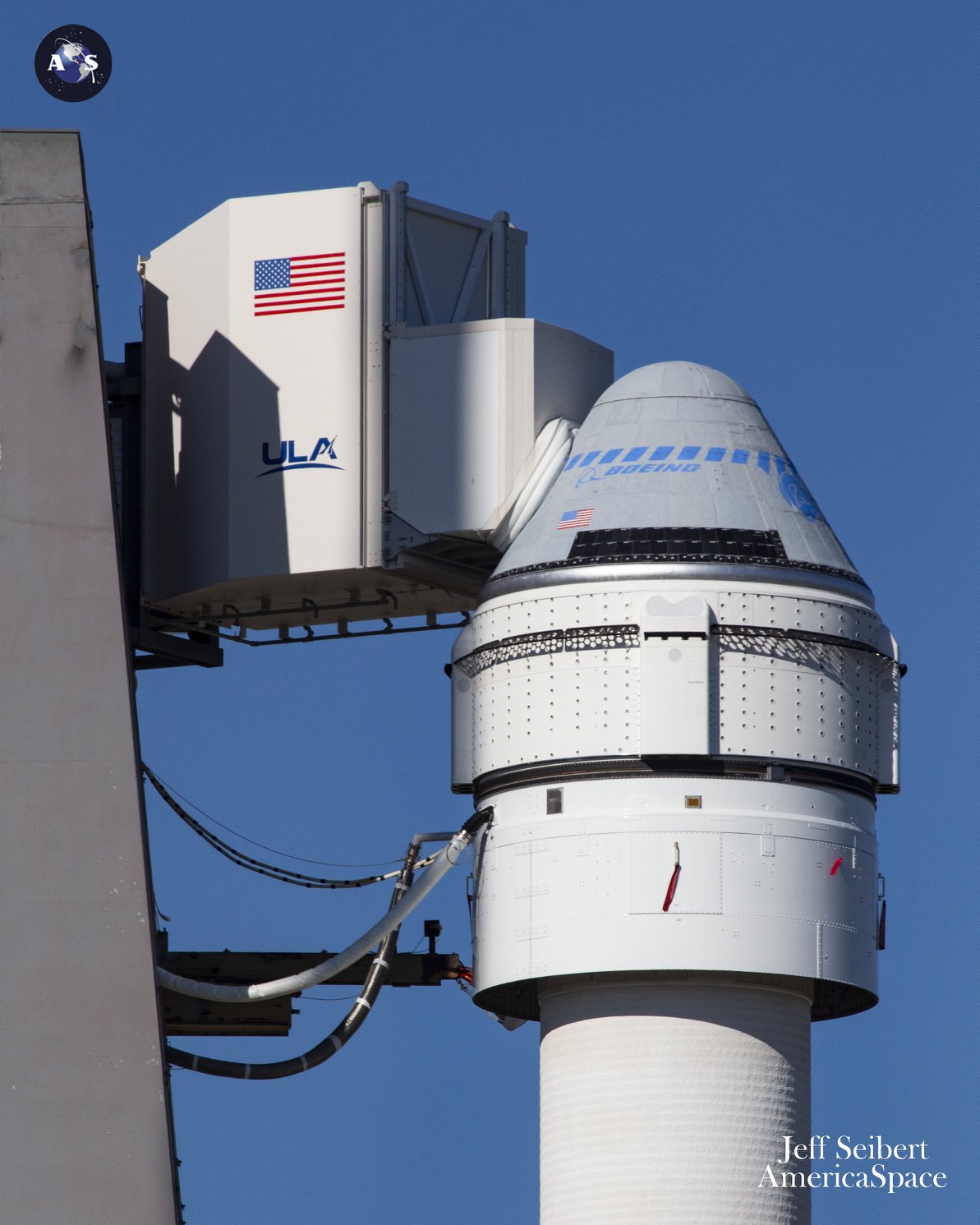
As it progressed through these funding cycles, the target date for its first missions slipped inexorably to the right. First expected to fly in 2014 and reach fully operational status the following year, by the time of the CCiCap award the date for Starliner’s maiden voyage had slipped from 2016 to no sooner than mid-2017, then 2018 and eventually 2019.
Congressional financing shortfalls, which earned the ire of NASA Administrator Charlie Bolden, contributed to an unwelcome decision to court Russia for more Soyuz seats to ensure that U.S. access to the space station did not lapse in the meantime. As part of the CCtCap award, Boeing was promised at least two, and as many as six, crew-carrying Starliner missions and in May and December 2015 the first two Post-Certification Missions (PCMs) were formally contracted by NASA.
By this point, the first Starliner astronauts were in place. In December, former shuttle commander Chris Ferguson joined Boeing as its new head of Commercial Crew Interface, a role which carried significant oversight of crew integration and operations, as well as the development of system concepts and technologies for the new vehicle.
In the summer of 2015, Suni Williams was one of four NASA astronauts named to the first Commercial Crew “cadre” and detailed to begin generic training on both the Boeing and SpaceX vehicles. As the target launch date for the first Starliner mission stretched ever further into the future, it was with great fanfare in August 2018 that the first formalized crew announcements were made.
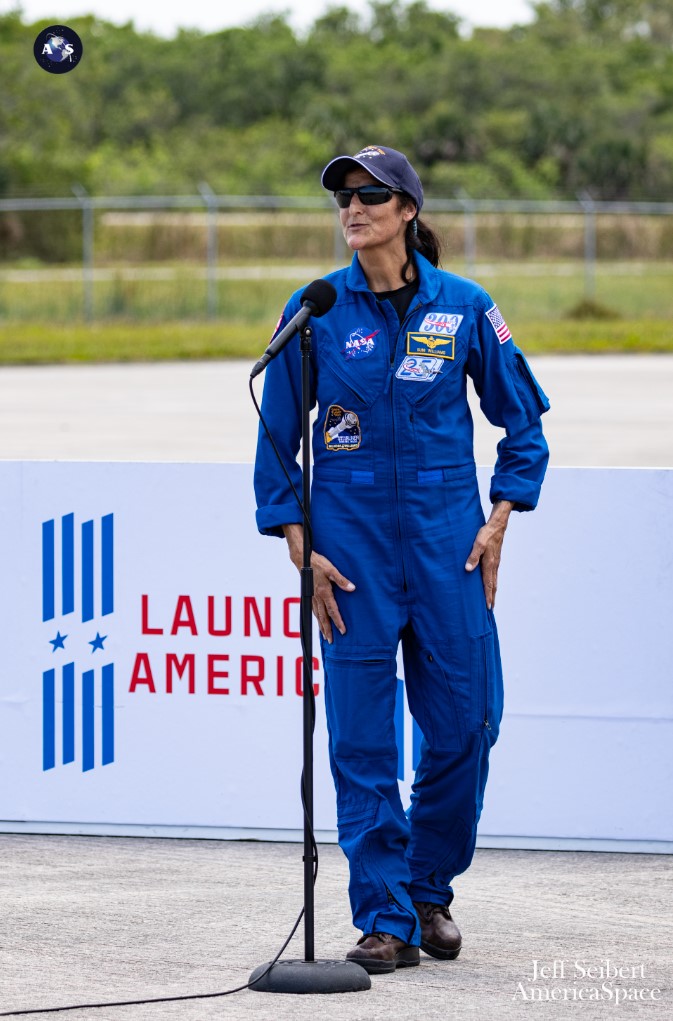
The original line-up for CFT consisted of Ferguson in command, together with NASA astronauts Nicole Mann and seasoned shuttle pilot Eric Boe. But Boe withdrew from the crew in January 2019 due to an undisclosed medical issue and was replaced by veteran ISS commander Mike Fincke. Then in fall 2020 Ferguson also stood down from commanding CFT for personal reasons and his place went to Wilmore, who had been shadowing the crew in a backup capacity since July 2018.
Yet more changes were afoot. In October 2021, as Starliner program delays pushed CFT further to the right, NASA rotated Mann into the command of Crew-5, shifting her focus over to SpaceX’s Crew Dragon. Mann’s departure meant that none of the original CFT line-up would end up flying the mission.
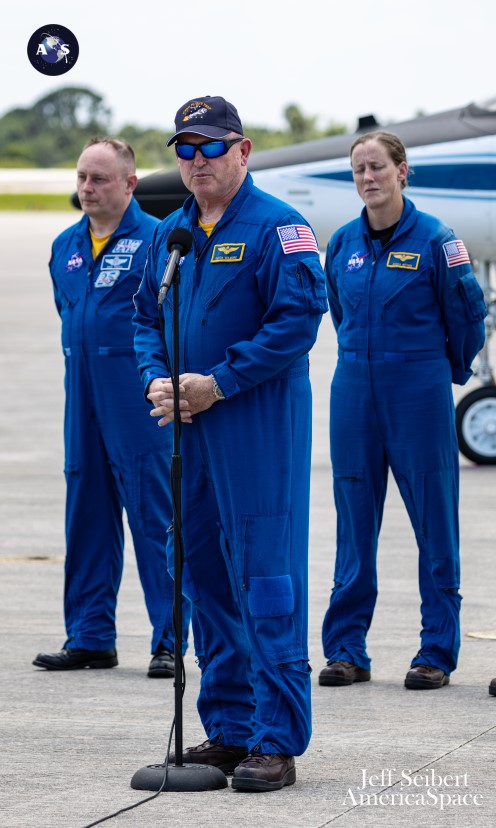
Meanwhile, Wilmore and Fincke continued training for CFT until June of 2022. At that point, NASA announced that Wilmore would retain his place in command but would be joined in the pilot’s seat by Williams. Per the August 2018 announcement, Williams had previously been originally slated to command the first “operational” crew rotation flight, Starliner-1, now expected to fly next year with Fincke and fellow NASA astronaut Scott Tingle, plus two other crew members, including Canada’s Josh Kutryk.
As this game of musical chairs progressed, so the nature of CFT also shifted. At the time of the August 2018 crew assignments, launch was scheduled for August 2019 with CFT baselined as a two-week mission, but as the flight moved into 2020 and beyond NASA opted to extend it to a full six months, a duration which was subsequently shortened. Wilmore and Williams anticipate completing their CFT objectives in at least eight “docked” days, likely producing a total mission duration of just shy of two weeks.
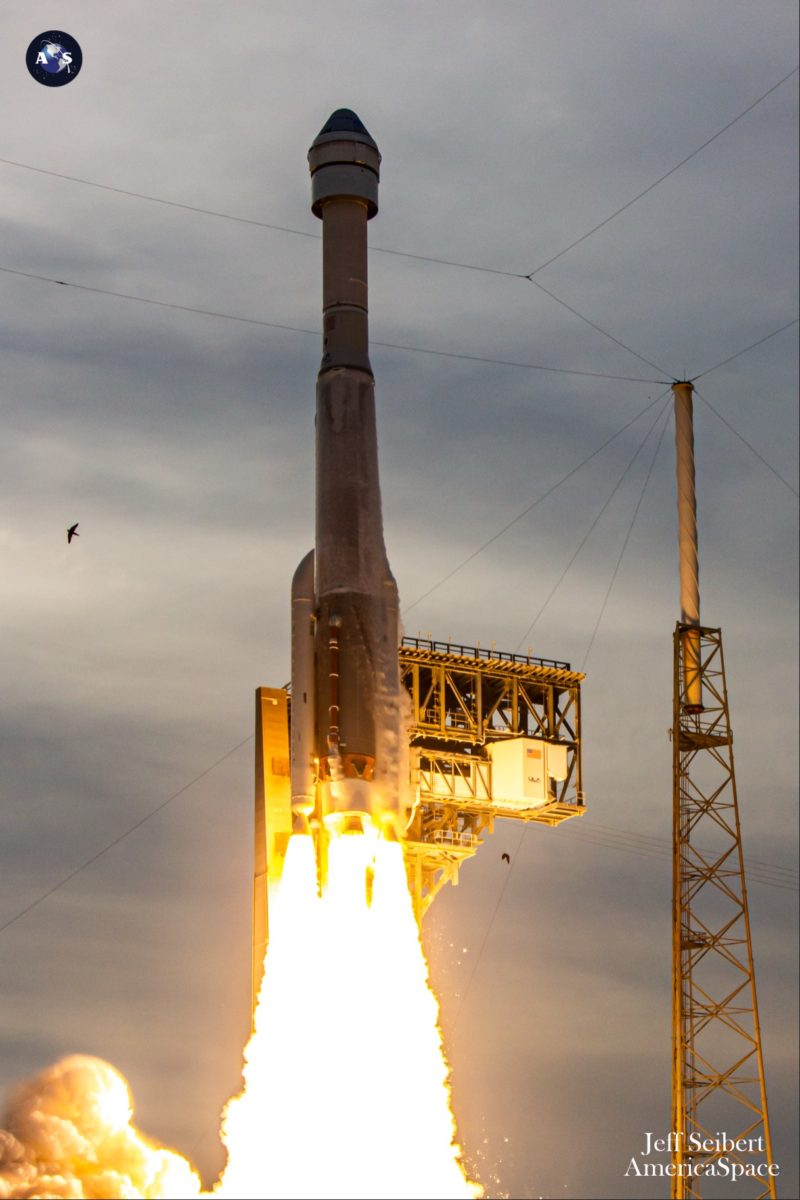
Any new spacecraft, of course, requires a rocket and in August 2011 Boeing chose ULA’s versatile Atlas V. NASA earlier contracted with ULA to develop an Emergency Detection System (EDS) for the booster as part of efforts to “human-rate” for Starliner missions.
Under these plans, the Atlas V would fly in its new “N22” configuration, equipped with two solid-fueled boosters and a Dual-Engine Centaur (DEC) upper stage. Already certified for highly complex NASA missions of exploration and critical national security payloads, the Atlas V was a clear front-runner as ULA could furnish a wealth of design implementation, detailed system and subsystem analysis, qualification, certification and flight data.
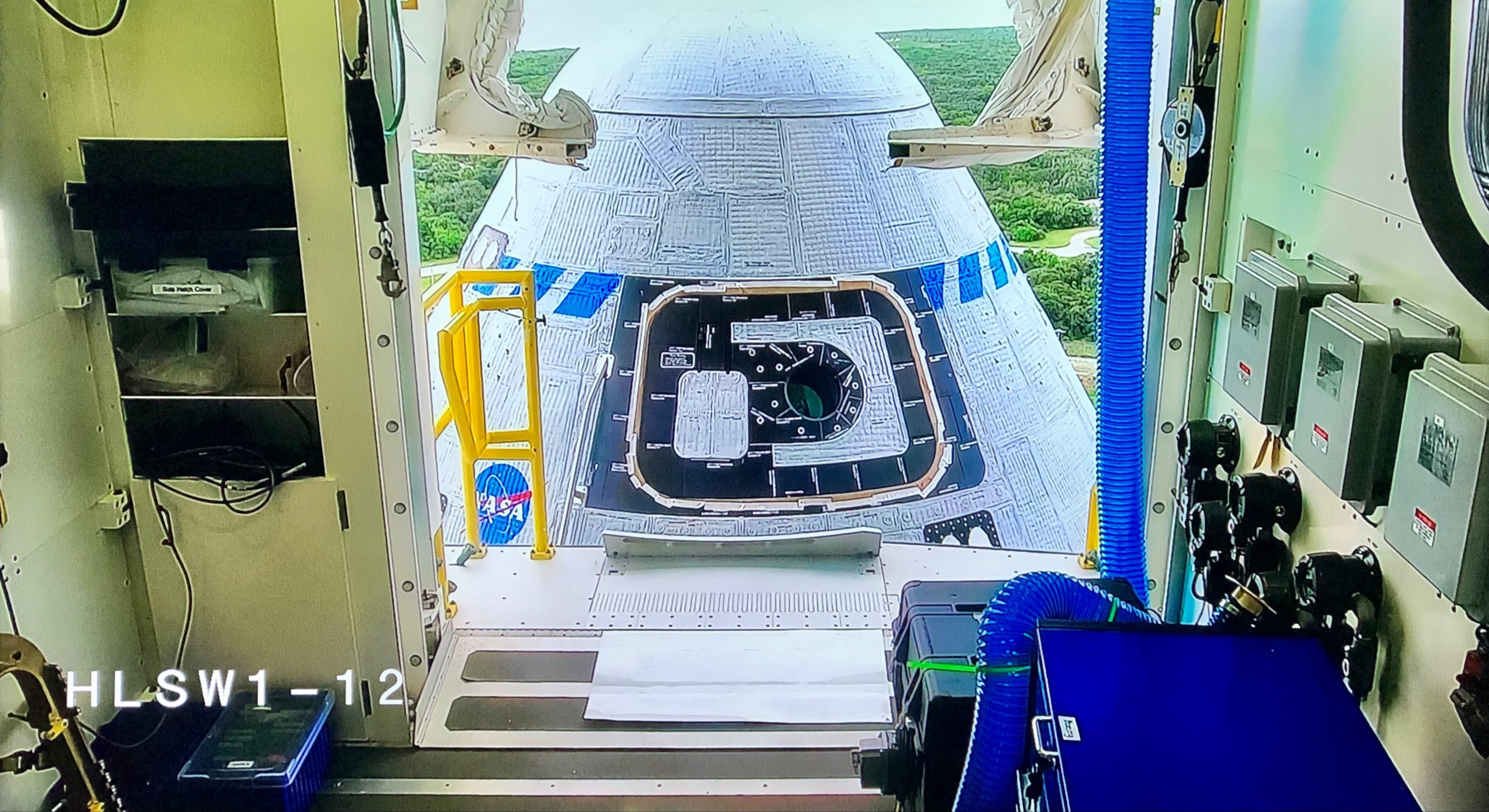
Unlike the single-engine Centaurs usually employed by the Atlas V, the performance of the DEC will “flatten” Starliner’s ascent trajectory to afford safer re-entry conditions for the crew in the event of an ascent abort. And its dual-engine functionality will produce a substantial propulsive yield in a single “burn” with a limited acceleration rate to better manage the G-loading on the astronauts.
With no payload fairing, there were other aerodynamic challenges. In late 2016, following wind-tunnel testing, a final configuration of the N22 was unveiled, featuring a cylindrical “aeroskirt”, directly aft of Starliner’s service module, to bring aerodynamic stability and loads margins within acceptable parameters. Should an abort occur during powered flight, the aeroskirt will aid with venting and guard against over-pressurization if Starliner’s abort motors are fired.

Before crew could ride Starliner, an uncrewed Orbital Flight Test (OFT) was required to test the end-to-end capabilities of the spacecraft in a week-long mission to the ISS. Laden with 600 pounds (270 kilograms) of cargo and supplies, plus radiation monitoring equipment and a heavily instrumented crash-test dummy named “Rosie”—suitably attired in the “Boeing Blue” launch and entry suit—OFT was targeted to fly in December 2019, with the first crew-carrying mission anticipated the following year.
But in the words of the Scots poet Robert Burns, humanity’s best-laid plans often go awry. And for Starliner, those plans would underscore the harsh realities of flight test and push the spacecraft’s crew-carrying dreams still further into the future.





